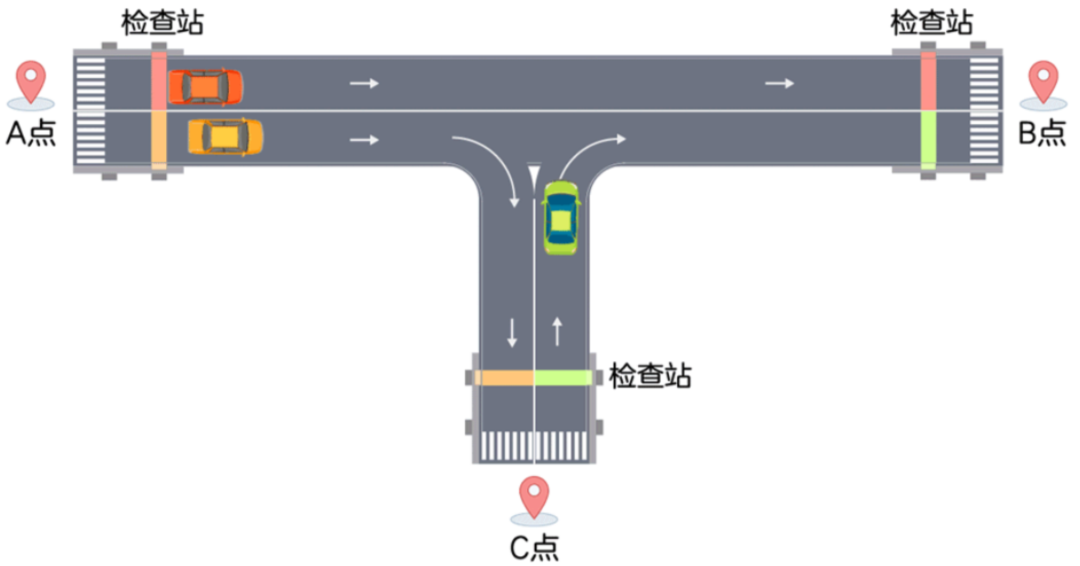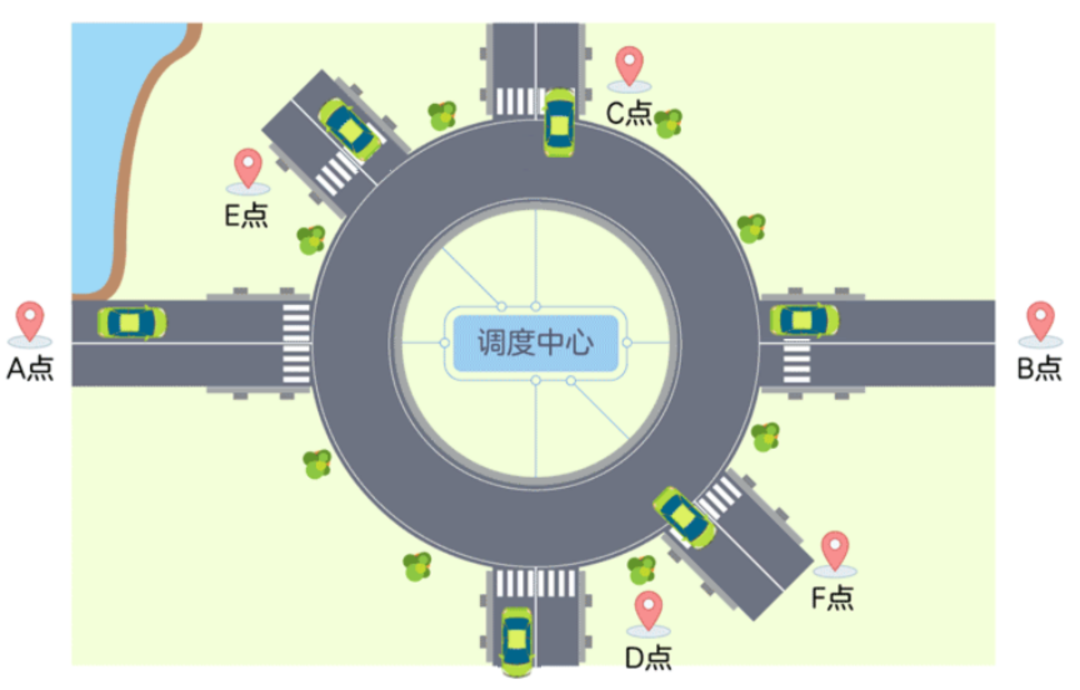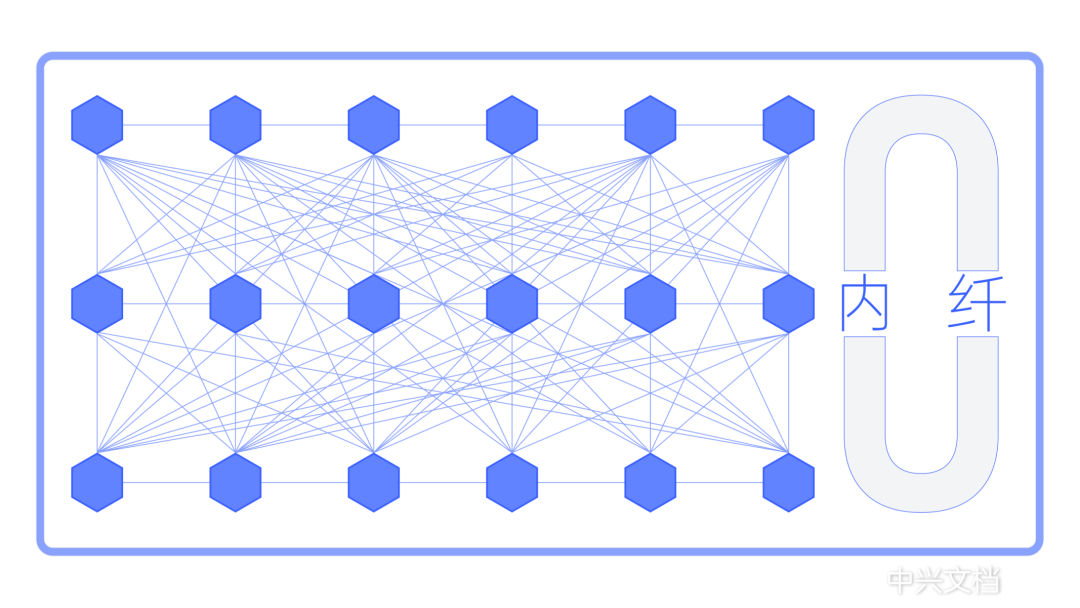A formula can help you easily handle FOADM, ROADM and OXC!

A formula can help you easily handle FOADM, ROADM and OXC!
Today, Mr. Document brings a formula: crossroad FOADM, Huandao Road ROADM, subway OXC, to help everyone understand what FOADM, ROADM and OXC are.
Next, Mr. Document will take everyone to interpret it in detail.
Crossroad FOADM
FOADM (Fixed Optical Add/Drop Multiplexer, Fixed Optical Add/Drop Multiplexer) adds/drops wavelength signals through intermediate sites to realize the uplink (send), drop (receive) and straight-through of certain wavelength signals, and supports chain or ring shape networking.
For a detailed introduction to wavelength signals, you can refer to previous tweets about the large-capacity transmission technology of network data - WDM/OTN, do you understand?
FOADM is like a crossroad, and a vehicle is like a wavelength signal.
On the road (send): The green vehicle departing from point C merges into the intersection and arrives at point B.
Drop off road (receive): Vehicles sent from point A go through the checkpoint for color matching (for example, yellow cars go through the yellow channel), and arrive at the intersection through a specific lane for separation to reach point C.
Straight through: Vehicles from point A go through the checkpoint for color matching (for example, red cars go through the red channel), and go straight to point B.
 picture
picture
It can be seen that FOADM technology has deficiencies, which we summarize as the following three points:
- The transmission channel of the wavelength signal is fixed, and the vehicle can only take a fixed route.
- The scheduling of wavelength signals is not flexible enough, and intersections cannot be walked randomly.
- The scheduling of the wavelength signal requires manual adjustment of the optical fiber, and the vehicle must follow the planned route.
In order to solve the three shortcomings of FOADM, ROADM technology has evolved.
Huandao Road ROADM
ROADM (Reconfigurable Optical Add/Drop Multiplexer, reconfigurable optical add-drop multiplexer) can remotely configure wavelength signals, dynamically assign the add, drop or pass-through of each wavelength signal, and realize flexible scheduling of wavelength signals. Mesh networking.
ROADM is like a road around the island, and vehicles are like wavelength signals.
ROADM can remotely schedule the vehicles on the roundabout road, so that the vehicles sent from point A take any transmission channel and arrive at any direction of B/C/D/E/F, realizing arbitrary scheduling of wavelength signals.
 picture
picture
Obviously, ROADM further improves the flexibility of business scheduling and brings us the following three major benefits:
- ROADM supports arbitrary assignment of wavelength signals.
- ROADM supports flexible scheduling of wavelength signals in multiple directions.
- ROADM eliminates a large number of manual fiber adjustments, effectively improving O&M efficiency and reducing operating costs.
Although ROADM solves the problem of FOADM very well, both ROADM and FOADM technologies require boards to be connected through physical optical fibers, which will result in a large number of optical fibers and complex connections. In order to solve the problem of optical fiber, OXC technology was introduced.
Subway OXC
OXC (Optical Cross Connect) is based on the optical backplane platform, so that wavelength signals can be cross-connected through the optical backplane, and internal fiber connections can be completed based on the optical backplane.
OXC is like a subway, and the light backplane is likened to an underground subway road network. Of course, the subway road network of OXC is more complicated, and it can realize the interconnection between any two points.
OXC completes the physical optical fiber connection through the subway road network, so that the single boards can be directly interconnected through the optical backplane, realizing "0" internal fiber connection.
 picture
picture
OXC technology is based on ROADM technology and introduces an optical backplane platform to realize "0" internal fiber connection, which greatly improves the efficiency of operation and maintenance.
Summarize
Here, we summarize these three technologies:
- The cross-channel FOADM can realize the fixed transmission of wavelength signals at intermediate sites.
- The ring-island road ROADM can realize the transmission of wavelength signals in any direction in any channel, and complete the flexible scheduling of wavelength signals.
- Metro OXC can realize arbitrary scheduling of wavelength signals on the optical backplane, and complete "0" internal fiber connection between boards.
Well, through this formula "cross road FOADM, Huandao road ROADM, subway OXC", we have some understanding of these three technologies!